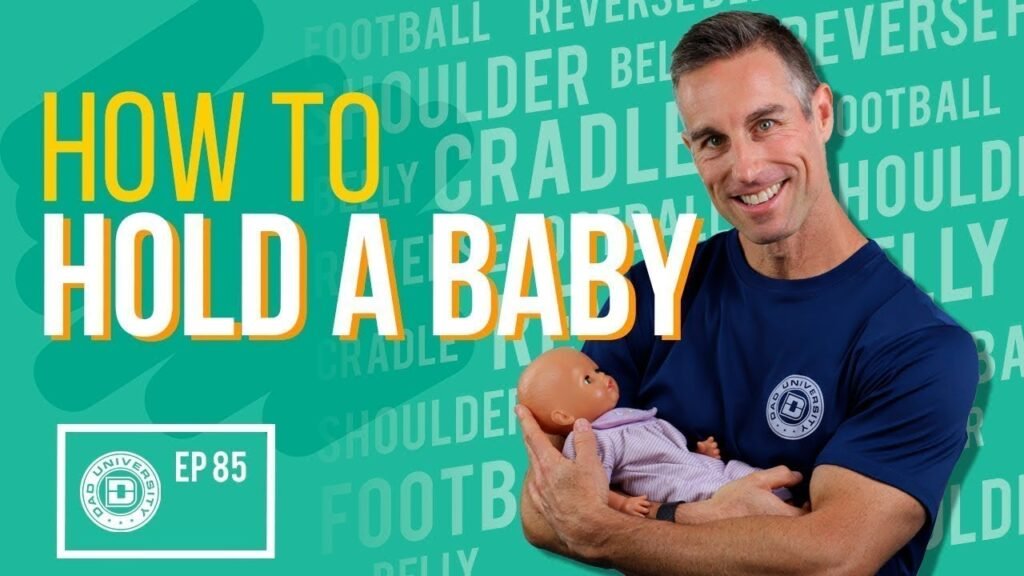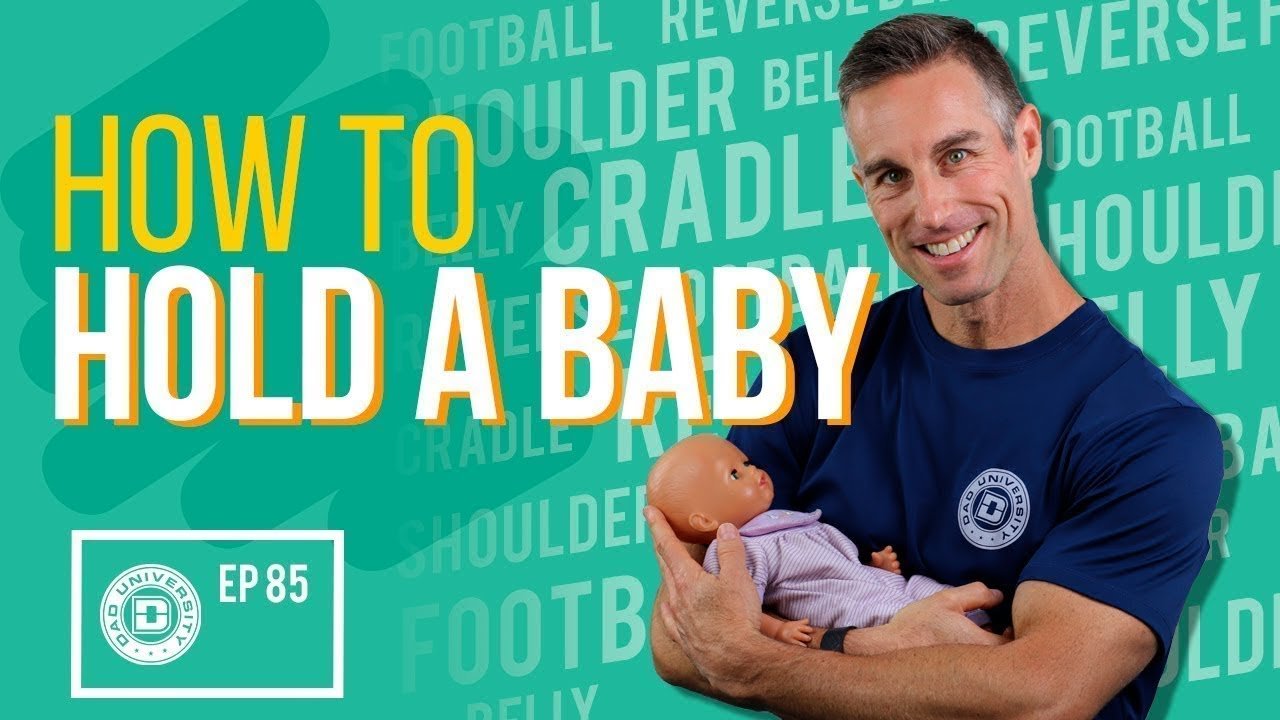Learning how to hold a baby can be a nerve-wracking experience for new parents, but it doesn’t have to be. In this video by Dad University, Jason provides step-by-step instructions on 6 secure and safe ways to hold a newborn. Whether you prefer the cradle hold, football hold, or reverse belly hold, there’s a technique for everyone to feel confident and secure when holding their precious bundle of joy.
Remembering to have clean hands, relax your body, and maintain a secure hold on the baby’s head are key tips shared in the video. Jason’s reassuring demeanor and expert guidance make learning how to hold a baby a simple and enjoyable experience. As a new parent, you’ll discover which hold works best for you and your baby, helping to create a strong bond filled with love and security from the very beginning.
Preparation for Holding a Baby
When preparing to hold a baby, there are a few key things to keep in mind to ensure a safe and comfortable experience for both you and the baby. First, it is essential to have clean hands. Washing your hands before handling a baby is crucial to prevent the transfer of germs and to protect the baby’s delicate immune system. Next, relaxation is important. Taking deep breaths and relaxing your body can help you feel more at ease and transmit a calming energy to the baby. Finally, ensuring a secure hold is vital, especially when it comes to supporting the baby’s head. We will delve deeper into this as we explore different holding positions.

Cradle Hold
The cradle hold is a classic and commonly used position for holding a baby. In this hold, the baby’s head is securely tucked into your arm while your hand supports their bottom. Your other arm can then come around to support the baby’s head, providing a stable and comfortable hold. The cradle hold is ideal for when you are seated and want to have both arms engaged in holding the baby.
Football Hold
In the football hold, you tuck the baby into your arm, resembling the position of holding a football. The baby’s head is positioned near your bicep and forearm, with your hand supporting their bottom close to your body. This hold allows for more mobility with one arm free, making it suitable for activities like feeding or burping the baby.
Reverse Football Hold
In the reverse football hold, the baby’s feet are positioned towards your body, while your hand supports the neck and head. This position allows for eye contact between you and the baby, fostering a connection and communication. While it may feel less secure for some, it can be a favorite for others due to the visual interaction it offers.
Belly Hold
Similar to the football hold, in the belly hold, the baby is tucked into your arm, but this time on their stomach. Ensuring that the baby’s head is turned towards the side allows for easy breathing and comfort. Holding the baby close to your body and securing them near the legs can create a cozy and secure environment for the baby.
Reverse Belly Hold
The reverse belly hold involves supporting the neck and chin line of the baby while they are facing down on their stomach. This hold is fantastic for babies who enjoy looking out or down, as it provides them with a different perspective of their surroundings. It is essential to adjust the positioning based on the baby’s comfort and response.
Shoulder Hold
Bringing the baby up to your shoulder in the shoulder hold is a comforting position for both you and the baby. Securing the baby’s bottom with one arm and supporting the head and neck with the other arm creates a secure and cozy embrace. This hold is ideal for moments when you want the baby to look around or need them in an upright position.
Practice and Adaptation
Experimenting with different holding positions is crucial to finding the most comfortable and secure way to hold your baby. Every baby is unique, so it is essential to listen to their cues and preferences. Trying out various holds and observing how your baby responds can help you tailor your holding technique to meet their specific needs.
Growth and Development
As you become more experienced in holding your baby, you will naturally become an expert in understanding their cues and needs. Communication with your baby through touch and feedback is key to building a strong bond and connection. Adapting to your baby’s changing needs and preferences ensures that both you and your baby feel comfortable and secure during moments of bonding and care.
Conclusion
Mastering the art of holding a baby is not only a skill but also a beautiful bonding experience between parent and child. Embracing new responsibilities as a parent and building a strong connection with your baby through safe and secure holding techniques lays the foundation for a nurturing and loving relationship. By practicing different holds, adapting to your baby’s needs, and fostering open communication, you can ensure that each moment spent holding your baby is one filled with comfort, security, and love.

